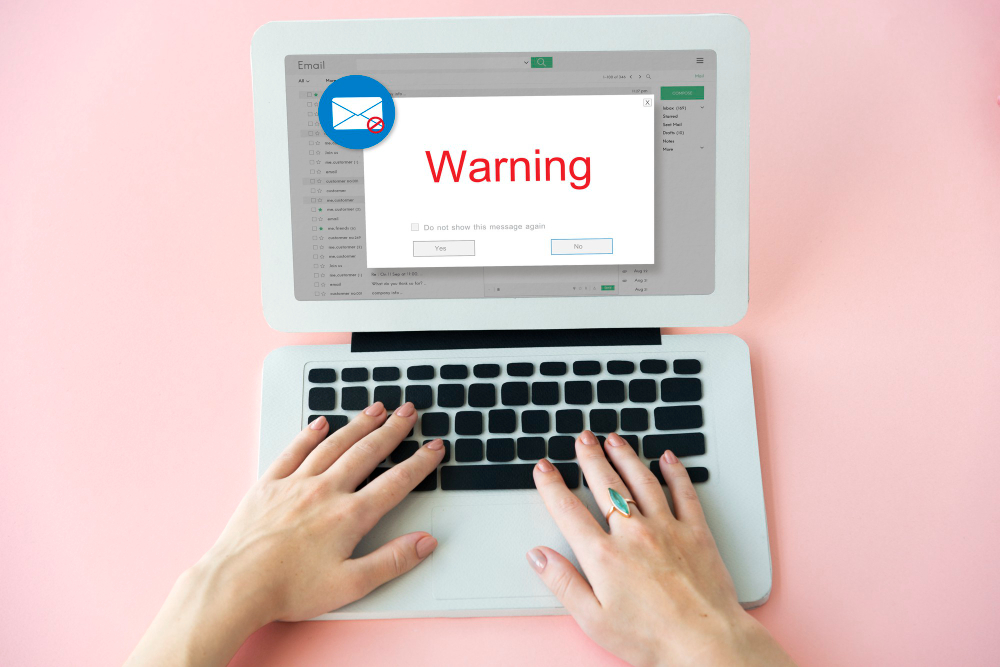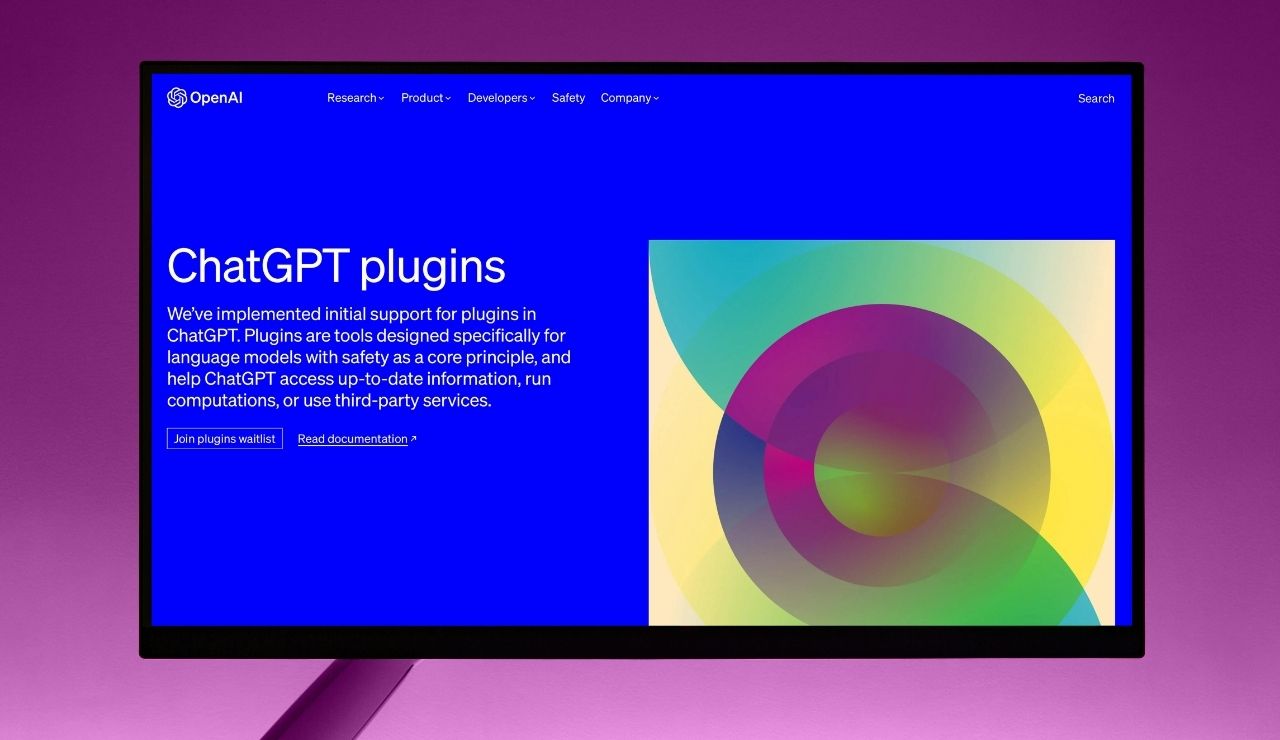Hackers do not need movie-style hacks to get into accounts. They count on everyday habits that most people have with email. Reusing the same password, clicking a quick link, or staying signed in on public Wi-Fi is enough. Since email controls password resets for many apps, one bad click can become many compromised accounts fast.
This guide shows the specific behaviors attackers expect, why those tricks work, and what simple habits block them. It is written for a teen audience, so the steps are clear and doable in real life.
The email habit hackers love most
Email is the master key to your online life. If someone controls your inbox, they can trigger password resets for social media, game accounts, streaming, shopping, and even cloud storage. Many people treat the inbox like a storage bin too, keeping photos of IDs, tax forms, passwords, or codes in old threads. That gives attackers more data to mine once they get in.
Criminals know people avoid extra steps. They expect you to stay permanently signed in on shared devices, skip two-factor sign-in, and reuse a favorite password everywhere. They also expect you to ignore unusual sign-in alerts, then keep using the same email for every new site. Those choices make one breach spread across your accounts.
Traps attackers expect you to spring
Hackers rely on patterns. Break the pattern, and most of their attacks fail.
Clicking links and “unsubscribe” in suspicious emails

Phishing is still the most reported online crime to the FBI. Attackers want you to tap a link or open an attachment without checking details. Security agencies also warn that links labeled “unsubscribe” inside obvious phishing or junk messages can be traps. Clicking those can confirm that your address is active or lead to malicious sites. Use your email app’s built-in report spam or built-in unsubscribe controls for known marketing mail, and avoid in-message links on anything sketchy.
Reusing passwords and skipping extra sign-in steps
Credential stuffing is simple. Attackers take one leaked email and password, then try it everywhere. Industry breach reports keep finding stolen or reused credentials near the top of causes. Turning on multifactor authentication blocks most of those takeovers, because the password alone is not enough.
Trusting the name, not the address
Display names are easy to fake. The message might say it is from a teacher, coach, or store you know, while the real address is random. Security guidance suggests checking the full address, not just the name, and watching for small domain misspellings.
Staying signed in on public Wi-Fi
Public Wi-Fi in coffee shops, hotels, and airports is convenient, but it is not your friend for sensitive accounts. Consumer protection agencies advise avoiding logins on open networks, or at least limiting yourself to encrypted sites and turning on two-factor authentication. Attackers count on you to check email on hotel Wi-Fi, then reuse that same password elsewhere.
Letting silent rules forward your mail
Once attackers get into an inbox, they often create hidden auto-forwarding rules to copy every message to another account. That keeps them in the loop even after you change a password. Law enforcement has warned about this technique in business email compromise cases, but the same trick hits personal accounts too.
How the scams land in your inbox

Phishing is popular because it works at scale. The FBI’s 2024 Internet Crime Report lists phishing and spoofing among the top complaint categories, with total reported cybercrime losses hitting a record. Data breach studies echo the pattern, showing that phishing and stolen credentials keep causing a large share of incidents. Attackers do not need a perfect email either. Even a small click rate pays off when they spray messages across millions of addresses.
Night-of-the-week matters too. When a cold front clears and everyone is relaxing, people move fast and pay less attention to sender details. Hackers time waves of fake notices, package alerts, or password warnings to catch you between classes, during a game, or at work. The goal is to get a reaction before you think, which is why messages use fear or urgency.
Finally, attackers weaponize resets. A poisoned link might copy your real login page, then steal the password you type. If you reuse that password across accounts, bots will start logging in elsewhere within minutes. That is why the “just this once” mindset helps attackers. They count on you to handle security later.
Boring habits that beat most attacks
Here is the good news. A few low-drama habits shut the door on the most common email attacks. Do these first.
Turn on multifactor authentication everywhere. Security research from major providers shows that multifactor authentication stops the vast majority of account-takeover attempts. Hardware security keys and passkeys are even stronger, and real-world studies have shown excellent protection against phishing. If a site offers text codes, use them, then upgrade to an authenticator app, passkey, or key when you can.
Use a password manager and never reuse passwords. Let the manager create long, unique passwords for every site. If one site is breached, the damage stays contained. Change anything that reuses your email password anywhere else, and make your email login the strongest in your life.
Treat unexpected messages as guilty until proven safe. If a message pushes urgency or money, slow down. Check the real sender address, not just the display name. On computers, hover to preview links. Better, do not click. Go directly to the official app or website and verify there. If a friend or teacher “emails” you for help, confirm by text or a quick call.
Use built-in tools on marketing mail, and avoid in-message links on sketchy emails. For newsletters you actually signed up for, your email app’s built-in unsubscribe is safer than clicking a random button in the message body. For junk or phishing, report spam in the app and delete. Do not tap attachments or “unsubscribe” links on anything suspicious.
Lock down your recovery options and alerts. Check that your recovery email and phone are current, then turn on new sign-in alerts. These pings are your early warning system. If an alert looks unfamiliar, change your password and review active sessions.
Block the quiet exfiltration paths. Review your inbox rules and filters. Delete anything that auto-forwards your email to an external address. In account settings, remove old devices and revoke access for any app you do not recognize. If your provider offers an option to block legacy protocols that bypass modern security, turn that on.
Clean your inbox. Search for words like “password,” “SSN,” “tax,” “scan,” or “backup codes.” Delete anything sensitive and empty trash. Do not store passwords or personal IDs in email. Keep those in your password manager or secure storage only.
Be careful on public Wi-Fi. Save email logins for your cellular connection or trusted home network. If you must check mail on public Wi-Fi, use encrypted sites only, avoid sensitive tasks, and keep multifactor authentication on. Sign out when you are done and close the browser.
Create simple aliases. Use separate email aliases for shopping, school, and personal life. If one alias starts getting spam, you can filter or retire it without touching your main inbox.
Keep software current. Updates patch the tricks attackers use. Turn on automatic updates for your phone and laptop, and update your email app too.
If you already clicked

It happens. Do not panic. Disconnect from the internet, then reconnect on a trusted network. Change your email password first, then turn on multifactor authentication if it was off. Review and remove suspicious forwarding rules, filters, recovery options, devices, and app access. Run a malware scan. Next, change passwords for other accounts that use the same email, starting with banking, school, and social media. Finally, report the incident to the appropriate authorities and watch for follow-up alerts.
Sources
- FBI, Internet Crime Report Press Release (April 2025)
- FBI IC3, 2024 Internet Crime Report (December 2024)
- Verizon, 2024 Data Breach Investigations Report (May 2024)
- Microsoft, Mandatory Multifactor Authentication Guidance (September 2025)
- Google, Secure by Design Overview and Security Key Study (November 2024)
- CISA, Recognize and Report Phishing (Accessed October 2025)


